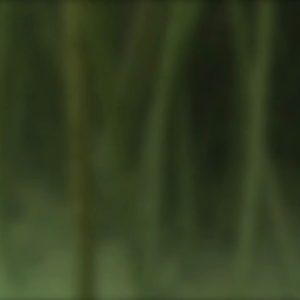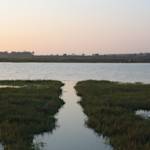Parks & Reserves: Hara Biosphere Reserve
1972 CE • southern Iran
The mangrove Hara forests "are located on the shores of the Persian Gulf and the Gulf of Oman. This forest is one of the [rarest] natural phenomena in the world. The trees of this forest are green throughout the year and reach 3 to 6 meters in length . . . [O]ver the course of millions of years, [the Hara trees] have found excellent compatibility with salty water. So, they feed on salty water and, by the repel of salt, will make the water naturally fresh." The forest is noted for being uniquely adapted to its brutal surroundings, with the region experiencing some of the most severe air and water temperature swings of any mangrove ecosystem. "Due to suitable conditions, the mangrove forest is a safe habitat for migratory birds from tropical areas. There are birds like the Goliath Heron, Great egret, Western reef heron, Indian pond heron, Spoonbill, gray plover, the Curlews, and the Large white-headed gulls . . . The forest is also an excellent habitat for fish, mollusks, and crustaceans." In 1972, this unique ecosystem was recognized as being of international importance and was established as a biosphere reserve to safeguard it.
Aarson Sidder, "In a Harsh Desert, a Watery Forest Survives," National Geographic, June 13, 2016.
Image: Mehr News Agency, CC BY 4.0, via Wikimedia Commons


Learn about Maya Lin’s fifth and final memorial: a multi-platform science based artwork that presents an ecological history of our world - past, present, and future.

Discover ecological histories and stories of former abundance, loss, and recovery on the map of memory.

Learn how we can reduce our emissions and protect and restore species and habitats – around the world.

See how art can help us rethink the problems we face, and give us hope that each one of us can make a difference.

Help make a global memorial something personal and close to home. Share your stories of the natural world.


